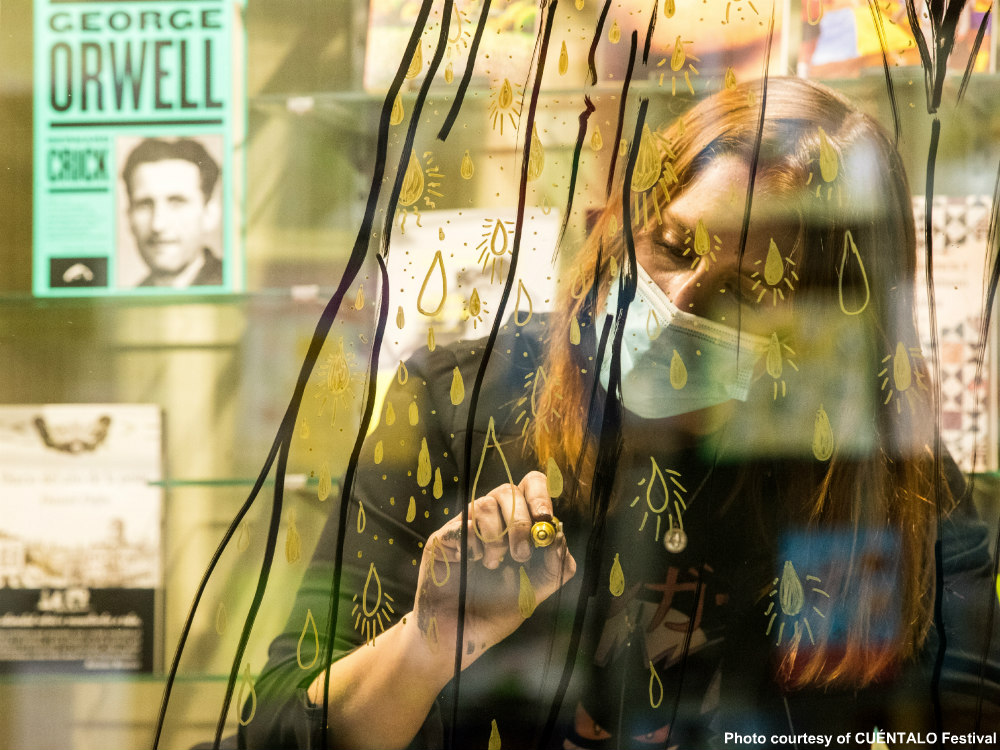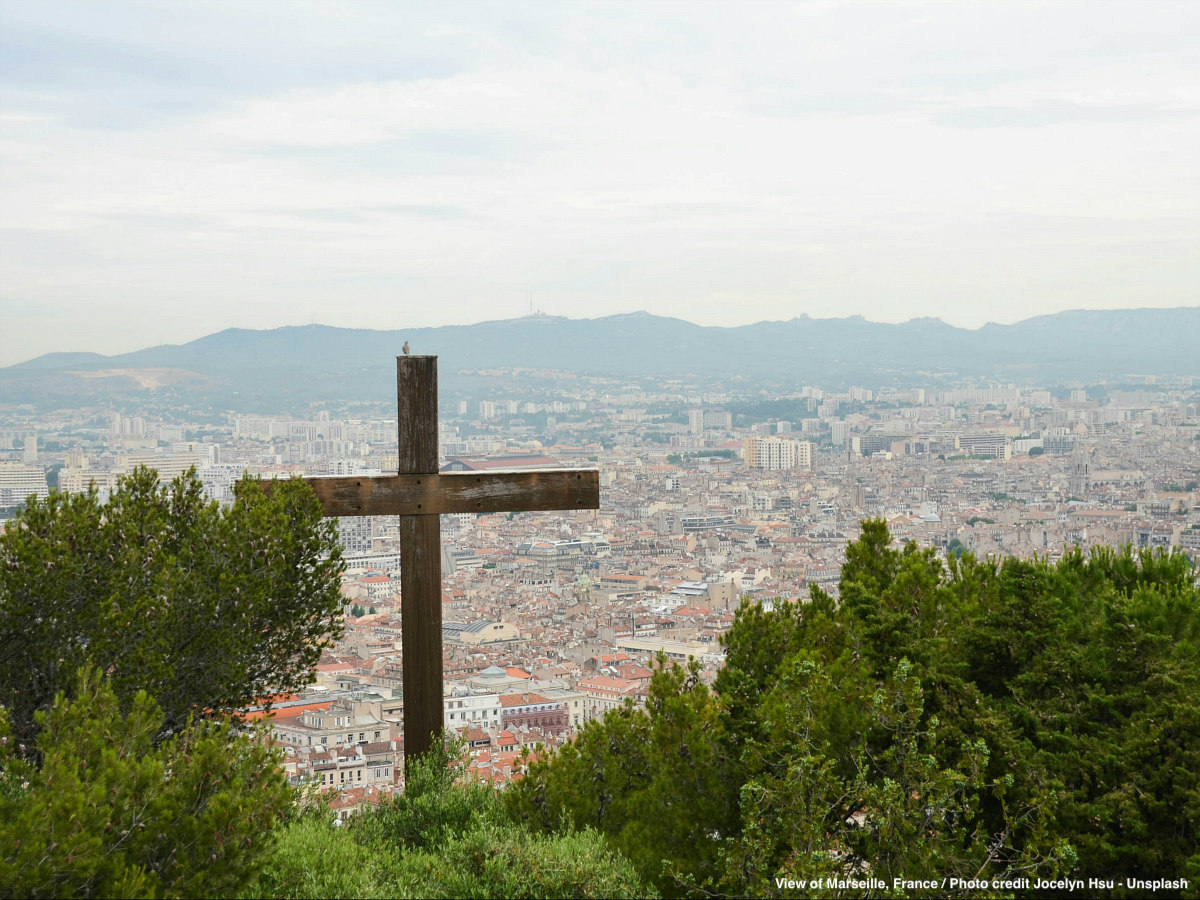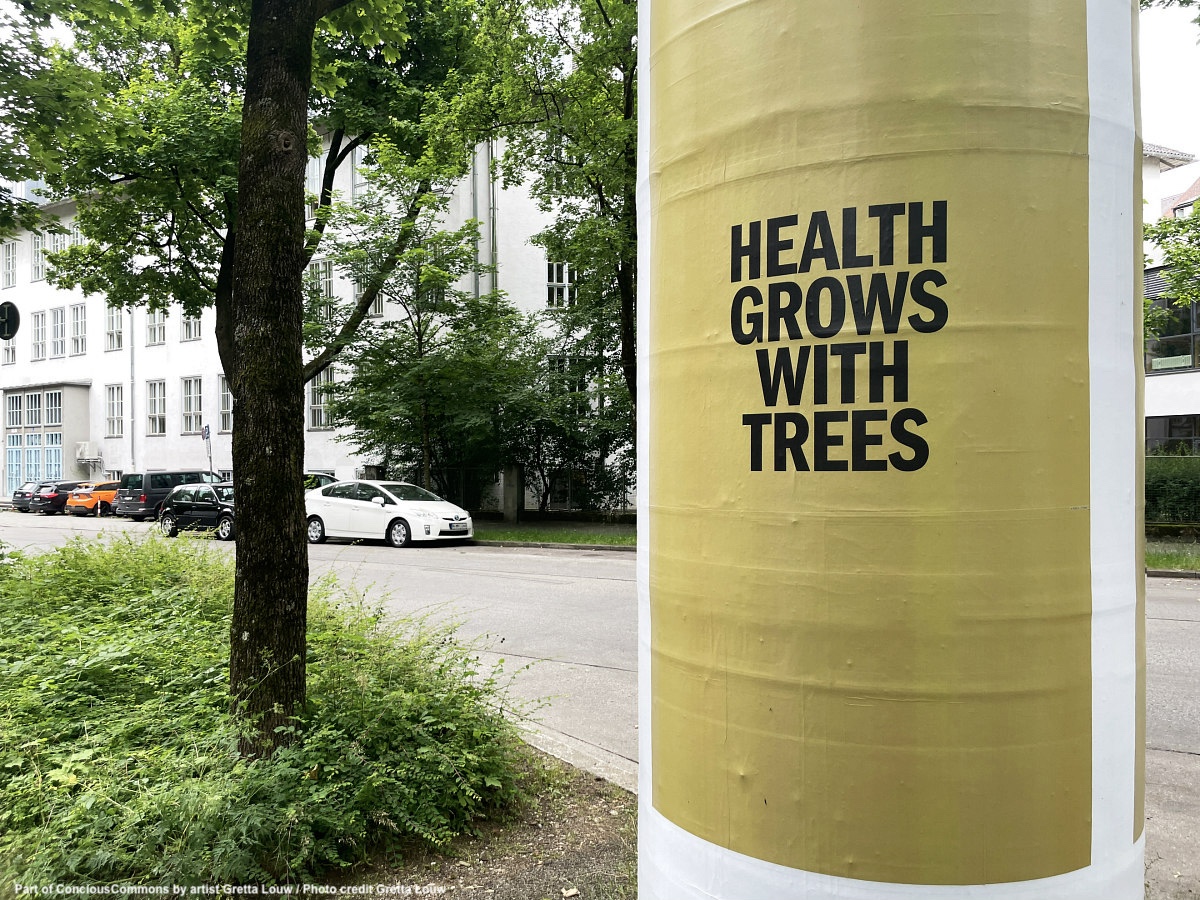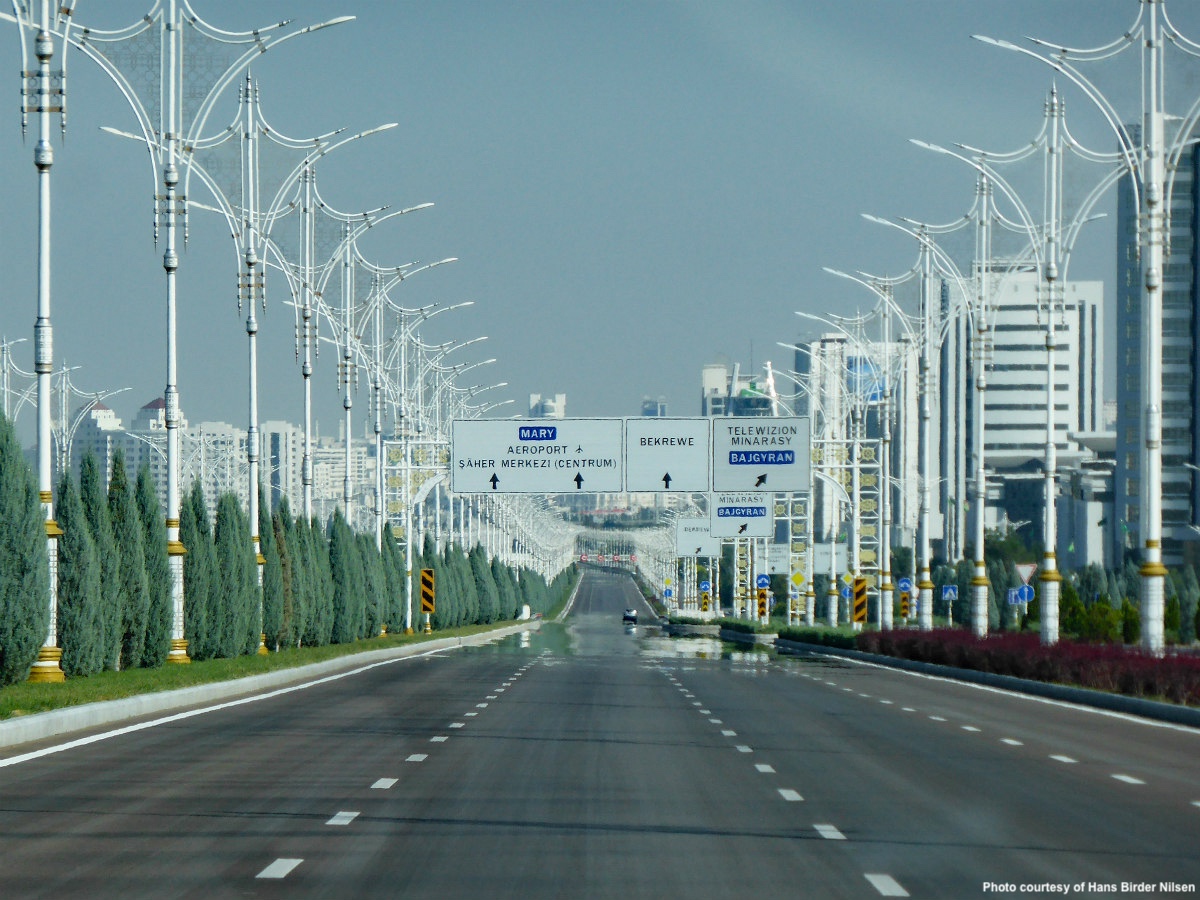The enforcement of various restrictions due to Covid-19 has caused so much talk on the future of cities, that even some have claimed their death. But in fact I haven’t seen them as lively as ever before, as people come together, show solidarity and put so much creativity out there to keep spirits afloat.
Yet the pandemic has confronted citizens and cities alike with death as they had to deal with grief, an exhausted health infrastructure and an overwhelmed funeral industry. As people have to say goodbye to their loved ones under unprecedented circumstances, how are we truly coping with death and mourning in cities?
According to Spanish writer Jorge Carrión ‘we are experiencing a passive freezing of grief, but it remains to be seen how this retaining wall could last’. He is one of the participants of CUÉNTALO, a festival that has made the city of Logroño the epicenter of narratives about death: ‘The death of the other and my own death. Death, the democratic death that we all face in a unique and, yes, unrepeatable way’.
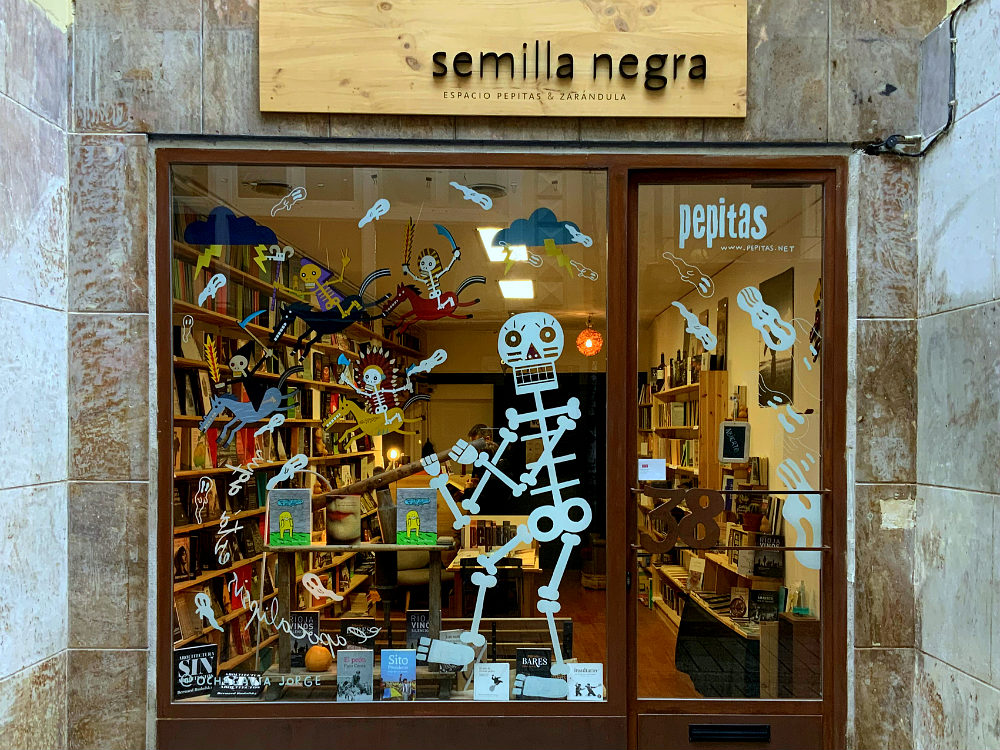
Two weeks ago, citizens of the capital of La Rioja region had a sober conversation around the topic of death with the involvement of bookstores, reading clubs, educational centers and other cultural institutions. Writers, filmmakers, playwrights, editors, scriptwriters and graphic artists have united the city by sharing their multiple visions and perspectives of death through their different disciplines in talks, exhibitions, workshops, concerts, cinema and theater. Death has revitalized the city.
The topic of death was already on the table before the pandemic hit the city. After giving it a second thought, we decided to keep it, among other reasons, because death is an issue that is rarely discussed, although it appears frequently in the stories published in different narratives, explains Juan García Calvo, director of the Festival.
This bold decision has been a step forward to acknowledge that the dying process can be very difficult and isolating for families and caregivers in cities. We are in need to reopen a conversation about death because its presence has been slowly removed during the development of cities.
Wealthy cities have successfully managed to push mortality out of sight, into hospitals and other infrastructure so that we, citizens, are not confronted by it in our daily lives. We have created elderly homes, whose residents suffer most in the pandemic, to isolate society from the sadness of decrepitude and death.

Our society has designed a funeral system, which functions through the city but isolates living citizens from grief. We have delegated it to professional agents, hide forensic and funeral areas to the lower levels of the hospitals and relocate cemeteries to the outskirts of the city.
It was the resurgence of cholera in London that finally persuaded ministers to hastily accept the prohibition of urban burial, with legislation requiring parishes to build their own large cemeteries at a safe distance from the centre of the metropolis. New ‘garden cemeteries’ in the suburbs were also the answer to London’s overcrowded churchyards. Even in a small town like Logroño the cemetery is built on the other side of the river Ebro, separated from the vibrance of the city.
All the same, in many big cities, the bodies of about one in ten deceased people are transferred directly from the hospital to a crematorium, with the ashes often scattered or buried by staff in anonymous memorial parks, reads an article about future funerals in Sweden. The number of people who bury their dead relatives without any official ceremony is increasing rapidly in Sweden up from less than 2% a decade ago to 8% in 2019.
By taking the sad process of loss from our hands urban dwellers have disengaged from death. The current pandemic has exacerbated this trend. Author, Jorge Carrión, in his podcast launched within the festival, pointed out the virtualization of death and mourning, which has to do with its new paradigm. All limitations imposed by the pandemic, such as not being able to have a proper funeral, becomes a business opportunity.
The internet is offering a new way of mourning, giving eternal life to the dead via Facebook, for example. Remoteness and virtualization has increased due to the pandemic, especially among youngsters. Therefore the festival has also intended to address this topic with a workshop on comercial death in video games at schools.

Rituals are not disappearing, they are just changing forms and adapting to new realities. But since society gives little space to grief, death often remains invisible and feels like a taboo for those affected.
Carrión warns that ‘sharing memories of the dead on the day they died on the internet are very short-lived. They become viral in social media, even if the person died a couple of years ago. In terms of managing collective memory, this is very worrying. Online virality also has its shadows’.
‘If we are open to talk about death, it could lead to reimagine our society’s relationship to it as a healthier and more supportive experience’, explains Mangda Sengvanhpheng, founder of BACII. She launched BACII to provide supportive services at any stage of a person’s health in order to better navigate the end of life.
The reality is that nobody has ever taught us to die. BACII’s purpose is to illuminate the fears we have about our mortality in order to see the truth of how we really wish to live. ‘But most importantly, we must do this work together — to build community and heal a disconnected society from the end of life’, claims its founder.
In Vienna a group called Young Widow_ers Dinner Club has been meeting twice a month in different venues since 2017. They can talk about everyday worries and things in a relaxed environment rather than a more therapeutic setting of a mourning group. The meetings have even expanded to other cities like Zürich and Berlin.
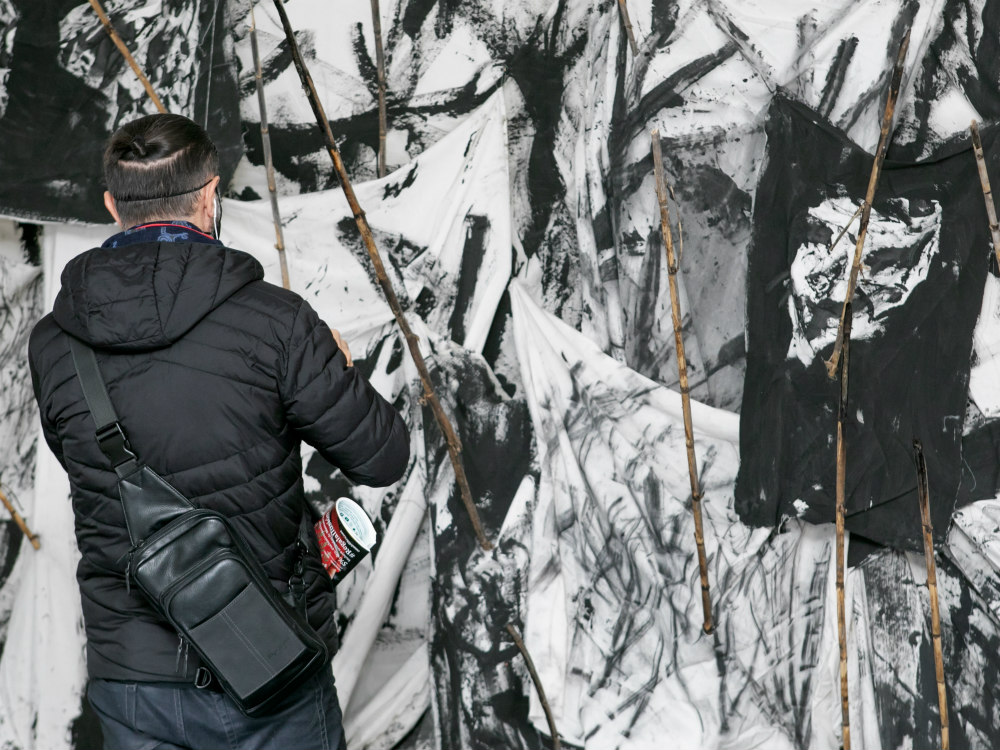
It seems that ‘Our Need for Consolation Is Insatiable‘. In a video creation made up of snippets from the powerful text with that title by Stig Dagerman, Swedish journalist and writer, the theatre company ‘El Patio Teatro’ creates a sincere and heartfelt invitation to deal with death from the painful realities of human existence, dissecting feelings of fear, guilt and loneliness. This piece was the most visited during the festival.
In that sense, citizens can’t remain deathly silent about this topic anymore. Death doesn’t need to be depressing, when talking about it in a more candid language and artistic medium.
‘This year we had to strongly defend our choice for the festival’s subject, and justify why we want to speak about it in the midst of a pandemic. We built the case on the need to touch the topic of death to celebrate life. We believe that most of the festival’s attendants have understood our purpose well, accepting that death itself is natural, and the death anxiety and its taboo in our society are not’, explains Garcia Calvo.
During 10 days the people of Logroño have reflected on the need to maintain reflexive relationships between the living and the dead. It is healthy to cross this line and, in the case of Logroño, see the city from the other side across the river.
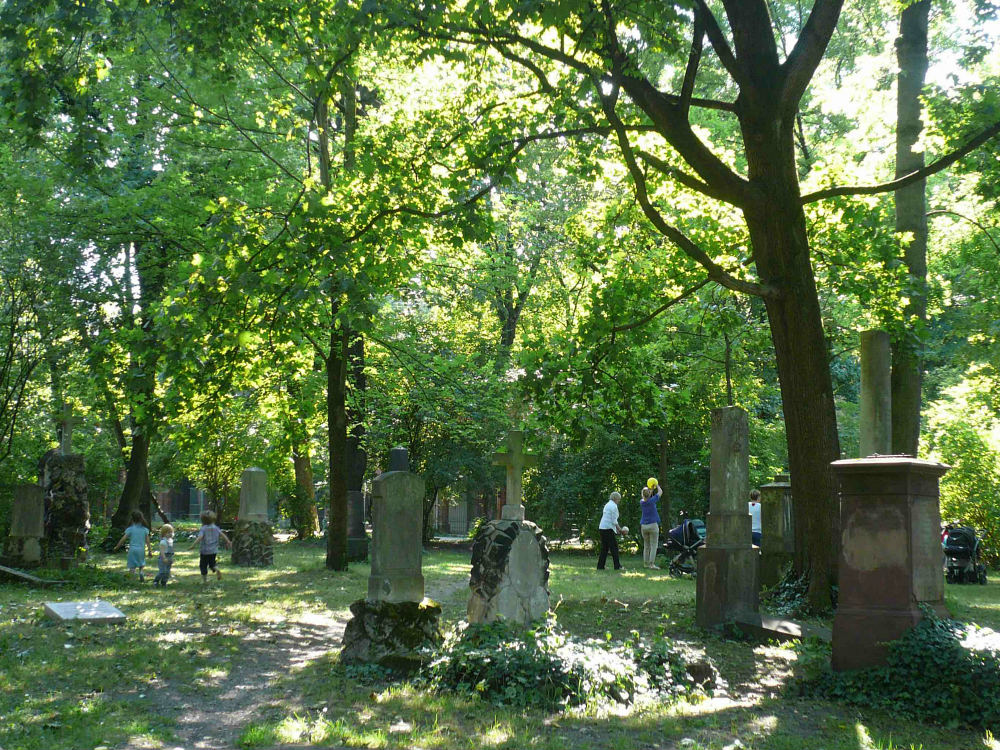
By bringing death closer to citizens, cities can build a society with a more open, honest engagement with death and make the duality of living and dying part of our lives. As an example, Munich cemeteries are jewels of greenery well integrated in the city. They exude a special calm. They remind citizens about death, I would say, in a positive way. One of them, with no burials since WWII, is used as a park, even joggers run around graves and stones. At times the site is so busy with picnics and games that some neighbours complain for not paying respect to the deceased.
But maybe one of the keys for more liveable cities is by finding ways to smoothly embed the normality of death in our day-to-day lives and keep saying to ourselves ‘It is absurd to pretend that the human being is made for something else than to live’, Stig Dagerman’s words. And so, we can build and appreciate a better life, a better city. Long live the city!
